Great Danes and maned wolves are both large canines. But that’s about the only similarity they share.
Great Danes, Canis lupus familiaris, are a giant breed of canines. Whereas maned wolves are the only species belonging to the genus Chrysocon. Both belong to the dog family; however, maned wolves only exist in the wild.
It’s fascinating to compare the domesticated Danes’ life to the fast-paced maned wolf’s. They have tenacious spirits and special ways of communicating with the ones they care about.
Keep reading as we dive into all of the key differences between a maned wolf vs Great Dane.
Comparing Maned Wolf vs Great Dane
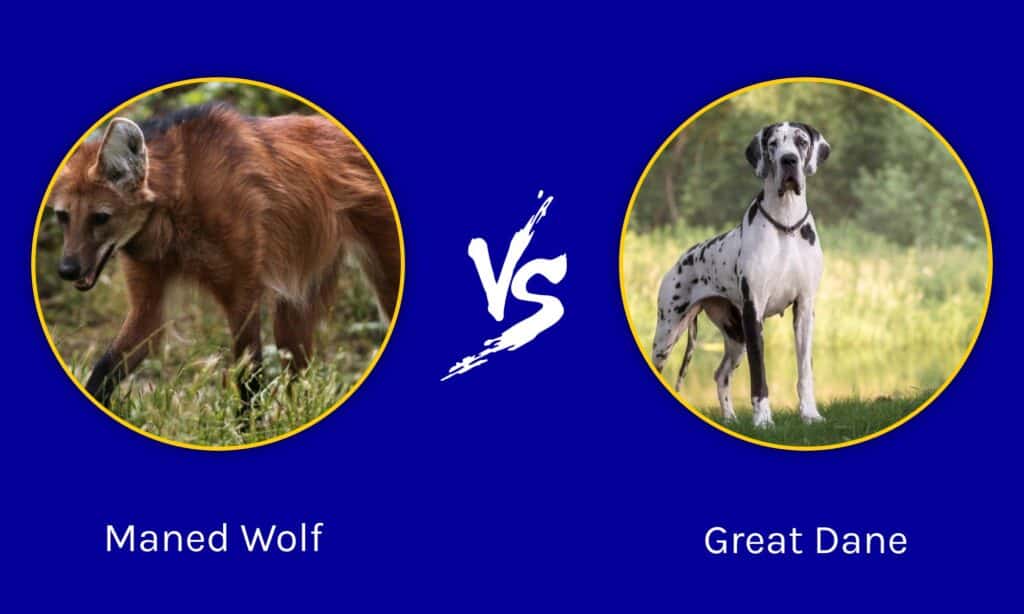
| Maned Wolf | Great Dane | |
|---|---|---|
| Appearance | Long legs Fox-like coat Large ears Tall height | Long legs Square chest Different colors for coat Looks canine, not fox-like Tall height |
| Distribution | Throughout Eastern and Central South America | Domesticated worldwide |
| Communication | Scent marking with urine and feces Short barks, not howls | Eye contact Vocalizations Tail positions |
| Dietary Needs | Fruit Rodents Insects About 2 lb a day | High-quality dog food Minimal animal fats Multiple proteins Food amount varies at life stage |
Maned Wolf vs Great Dane: Key Differences
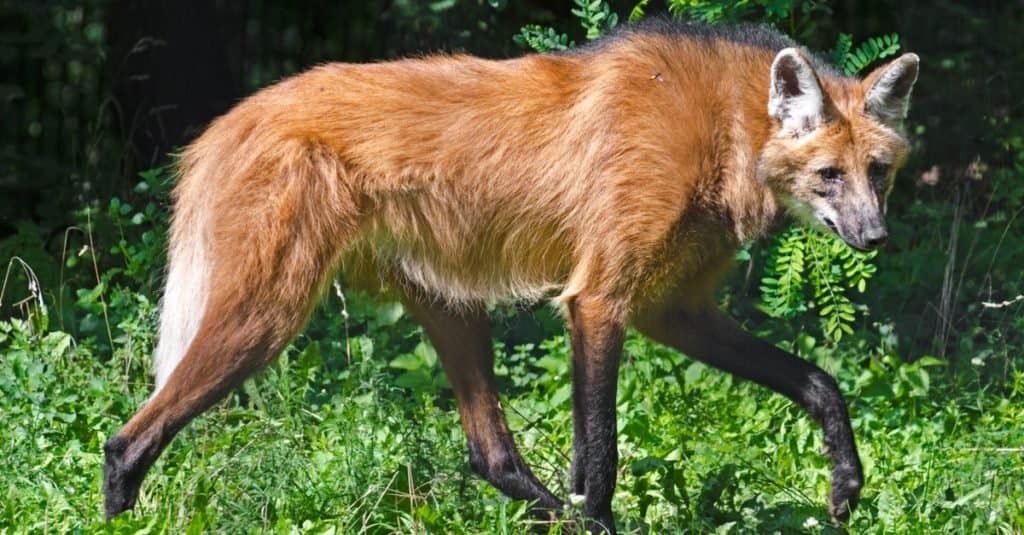
Maned wolves have long legs to help them survive high grasslands.
©JWKS Photomancy/Shutterstock.com
The key differences between a maned wolf vs Great Dane are their appearance, distribution, communication, and dietary needs. While both animals have long legs, Great Danes have a broader chest. Maned wolves look like a fox or wolf; Great Danes resemble a dog.
Maned wolves are found throughout Eastern and Central South America. At the same time, Great Danes are beloved household pets.
Great Danes have a variety of ways to tell their owners how they feel, such as vocalizing. Maned wolves use scent marking to send their message. Finally, maned wolves love fruit, and Danes don’t need it.
What other differences should you know about? Keep reading to learn all about the maned wolf vs Great Dane.
Maned Wolf vs Great Dane: Appearance
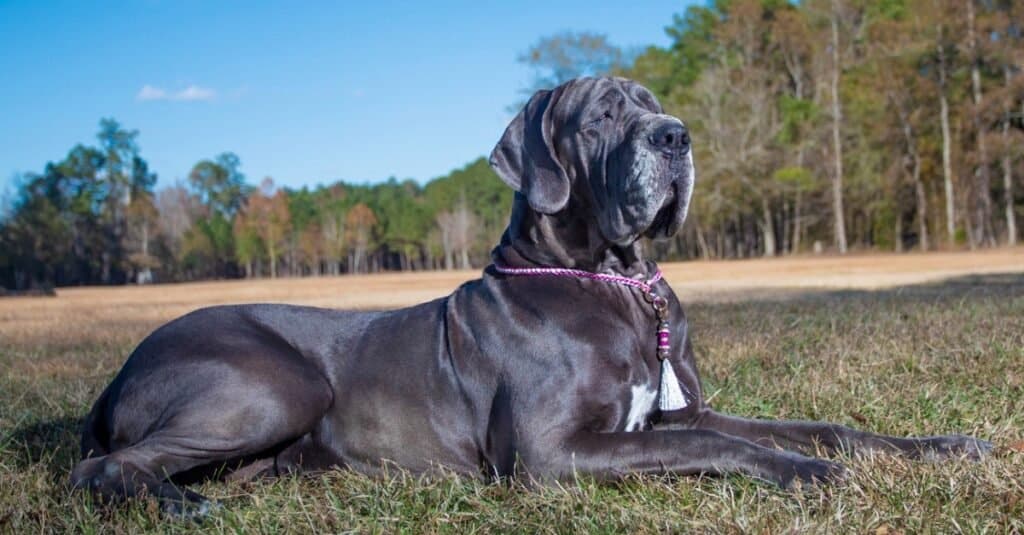
Great Danes can easily reach 32 inches in height.
©iStock.com/gsagi
Maned wolves evolved to live in high grass savannas. Their thick red coats and long black legs help them survive the elements. They resemble a long-legged fox more than they resemble a wolf. However, they don’t have any connections to wolves or foxes.
Instead, the maned wolf is a distinct species. It’s the only member that exists in its genus, Chrysocyon. They max out at 50 lb and are usually 3 ft tall at the shoulder.
Alternatively, the Great Danes have long, muscular legs and thick, strong necks. Their tail is usually a medium length and tapers as it moves away from the base. They can be as tall as 32 in at the shoulder; they tower over many other dog breeds. When a Great Dane stands up on its hind legs, they’re probably taller than you!
Famous for having a square frame and broad chest, these dogs are a balance of elegance and strength. You may be used to seeing Great Danes with pointed ears and docked tails. However, modern Danes don’t always carry these features. Many new owners choose to let the Great Danes keep their ears floppy and their tails long.
Maned Wolf vs Great Dane: Distribution and Habitat
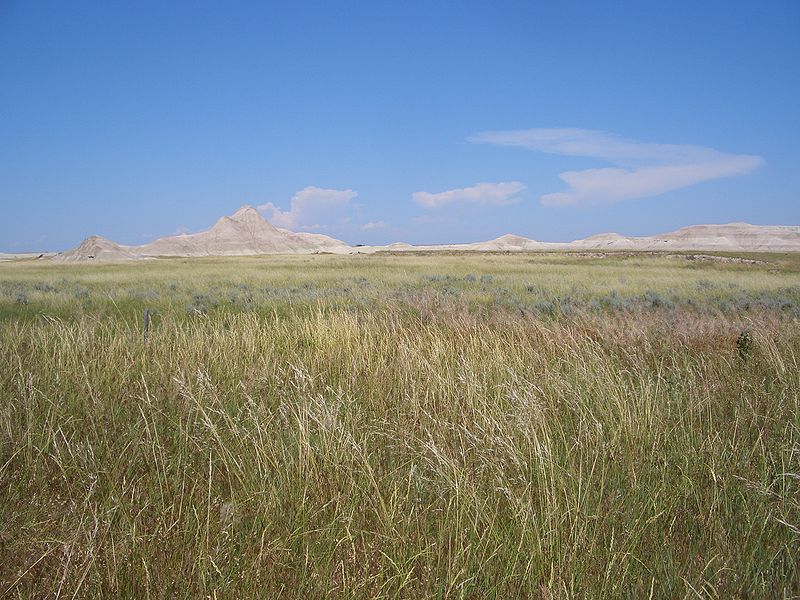
Maned wolves are native to the savannahs of Eastern South America.
©Brian Kell (Bkell) / public domain – License
The maned wolf’s native habitat is throughout Eastern South America, including South and Central Brazil. There are also populations throughout Bolivia, Northern Argentina, and Southern Peru. There are maned wolves throughout the cerrado, which is South America’s largest biome. It has dry grasses, marshes, wetlands, grasslands, and savannahs.
Maned wolves share their habitat with many other animals such as pampas fox, pumas, jaguars, and crab-eating raccoons. Since they’re so large, only domestic dogs and pumas can kill the maned wolf.
Comparatively, the Great Danes originate from Germany and have been around for over 400 years. They descend from Mastiff-like dogs bred by royalty to protect their estates. It was in the 18th century that the Great Danes became guardians of carriages and estates throughout their country. They were also popular as sports dogs since they were great at hunting wild boars.
Great Danes of today don’t have such an intense demeanor. While they can help protect a household against robbers, they no longer assist on hunts. Instead, Great Danes are lovable, sweet dogs.
Ideal environments for Great Danes, and other large breeds, include large families homes with big backyards. As long as they’re properly socialized, Danes get along with other pets and young children. However, they need adequate space to stretch their long legs. A Great Dane might become bossy and pushy if they don’t exercise enough.
Maned Wolf vs Great Dane: Communication
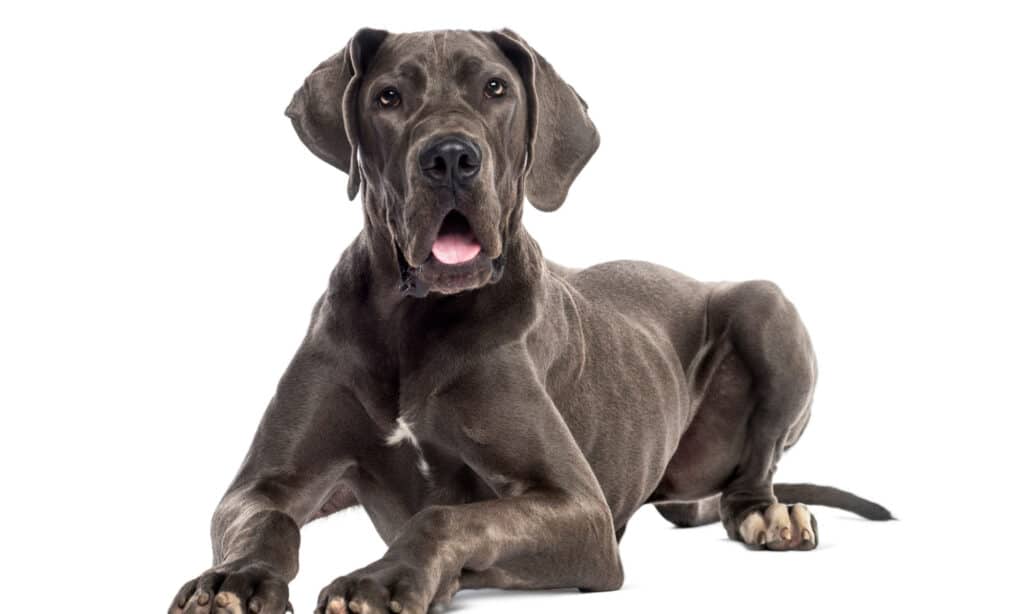
Great Danes love to communicate with eye contact.
©iStock.com/GlobalP
When a maned wolf wants to mark territory, they’ll leave urine and feces scent markers on termite mounds and hillocks. The maned wolf’s pungent urine smells a lot like hops or marijuana. There was an incident where police were called to the Rotterdam Zoo in the Netherlands in search of a pot smoker, only to find the scent of maned wolf urine had tricked them! That’s how powerful the scent is.
One of the reasons they’re able to produce such strong scents has to do with pyrazines. Certain vividly colored insects and toxic plants also use pyrazines. It’s chemical communication that lets others know to keep out.
Maned wolves don’t howl. Instead, they make a loud roaring bark. They’ll shout out a bark to let their mate know where they are or to warn others in its others to stay away.
Alternatively, Great Danes have many different ways to communicate with their owners. If a Great day stares at you with a wide-eyed expression, it wants some pets. If they’re wagging their tail, but it’s low, they’re waiting for you to do something. They might be waiting for you to initiate a game or put food in their bowl. If they roll over and show their belly, it’s a sign of trust. It’s also a cue that they want cuddles and love!
Finally, if their tail gets stiff and high, they’re ready to protect or fight something. A Great Dane will raise its tail when it feels the need to assert its authority.
Maned Wolf vs Great Dane: Diet

Fruit makes up about 50% of the maned wolf’s diet.
©grafnata/Shutterstock.com
Maned wolves are omnivores; they eat a diet consisting of plants and meat. A maned wolf can eat 2 lb of food every day. They love eating all the seasonal fruits and vegetables and are particularly fond of lobeira.
Loberia means “fruit of the wolf.”–it’s tomato-like berry. Loberia can easily make up half of the maned wolf’s natural diet. They also feed on insects, rabbits, rodents, and other small mammals.
Great Danes have different nutrient requirements depending on their life stage. Whether they’re a puppy, adult, or senior will determine the type of food they need.
Great Danes need high-quality dog food with all the right ingredients. Some of the best food choices include real meat as the first ingredient, different animal proteins, and a moderate amount of animal-based fats.
The photo featured at the top of this post is ©
Ready to discover the top 10 cutest dog breeds in the entire world?
How about the fastest dogs, the largest dogs and those that are -- quite frankly -- just the kindest dogs on the planet? Each day, AZ Animals sends out lists just like this to our thousands of email subscribers. And the best part? It's FREE. Join today by entering your email below.
Thank you for reading! Have some feedback for us? Contact the AZ Animals editorial team.






